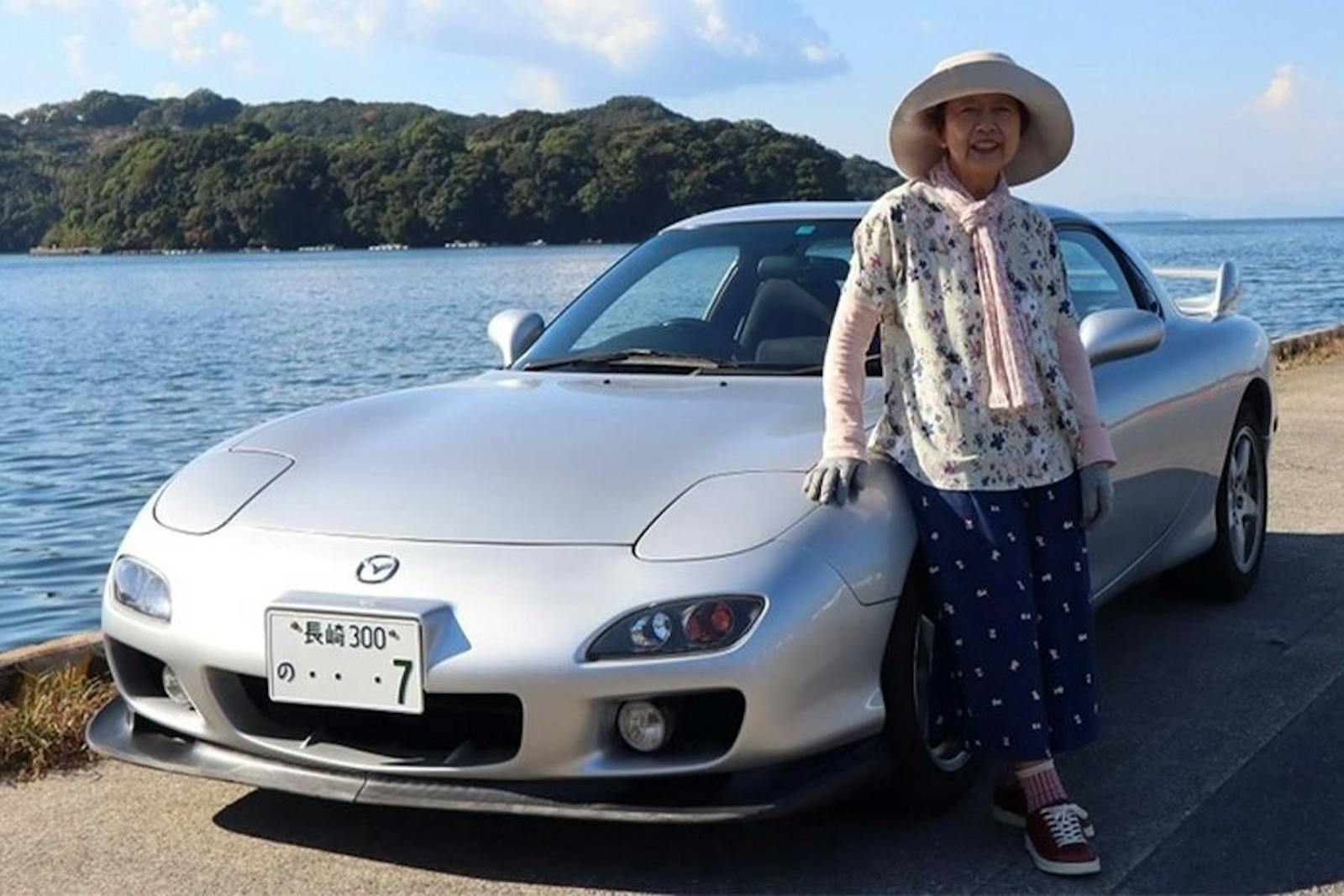The Two-Liter AC Roadster Is Back … Sort of
The 2.0-liter AC roadster has returned, with modern construction and an eye-popping price tag.
The recently revitalized AC car company continues to expand its offerings. In 2023, it announced the Cobra GT Roadster, then the coupe, in 2024. Both were powered by V-8s (available with or without a supercharger), built around a bespoke chassis made of extruded aluminum, and clothed in carbon-fiber bodies. Final price, as of December 23, has yet to be confirmed, but “is expected” to start from £235,000 (about $295K) including VAT, in the U.K., for the 2.0-liter option. The engine will be available in the roadster and in the coupe, backed either by a six-speed manual or a new, dual-clutch automatic.

Today, we associate two-liter turbocharged four-cylinders with boring, unsporty crossovers, but before Carroll Shelby showed up at AC with his connections to Ford and their V-8s, the first AC Ace models actually used four-cylinder engines: first, an in-house engine of rather ancient architecture, then a Bristol powerplant that made the Ace a serious sports car.
AC has a complicated lineage. If you squint very hard, you can trace a line from the AC of today, flush with Swiss cash and ambition, to the oldest carmaker in Britain, Auto Carriers Ltd., founded by the Weller brothers in 1901. They adopted the AC logo as we know it today in 1911, and were best known, prewar, for their six-cylinder-powered motorcars. The company went into liquidation when the Great Depression hit and the brothers sold what remained to the Hurlock family, which needed more space for its haulage business. Tentatively, AC began to build cars again, and it survived WWII by building invalid carriages for the government. Production of the open-top Ace, for which most enthusiasts know the brand, didn’t begin until 1953. A year later, it was followed by a coupe called the Aceca.
The original Bristol model, then the Ford-powered Cobras produced alongside Shelby American, struck a chord that the Hurlocks had never expected to sound. Unfortunately for the British company, the Cobras were sold in the U.S. without the AC brand, and the name of Shelby eclipsed that of AC. (The 427 definitely helped.) Despite engineering projects on the side, and repeated attempts to break into the luxury European car market, little AC eventually succumbed to the pressures of outside competition. In the ’70s, AC began to sell tooling for the Cobra, both chassis and bodies, to a fellow called Brian Angliss, the owner of the coachbuilding business Autokraft. In 1986, the Hurlock family sold its holdings, split the company into property assets and the car brand, and sold the latter to Angliss, who began to build new, “Mk IV” Cobras on the original bucks.

Angliss, who died early this year, was succeeded as CEO by Alan Lubinsky in 1994 and, in 2022, by David Conza, a Swiss entrepreneur who joined the company in 2019 as an investor and soon rose to COO. Though the company, under Lubinsky, had been considering both an electric model and developing a new chassis, it appears that Conza brought some serious cash and some bigger plans. Special-edition Mk IVs, under this new leadership, were no longer enough.

AC Cars, together with its Classic division, now sells four models with four different powertrains. The AC Cobra GT Roadster and the AC Cobra GT Coupe are now available with the V-8 (supercharged or not) or, beginning in 2026, with the 2.0-liter engine. The AC Ace Bristol Classic and the AC Ace Classic (left to right, below) are available either with a 2.3-liter inline-four EcoBoost engine or a battery-electric driveline made by Tremec. AC showed off the electric model in the U.S. just a few months ago, at SEMA.

AC is a far different company than it once was—and not simply because it makes an EV model, or because it builds some of its cars in Germany. At £2011 in 1957, the original AC Bristol was a pricey proposition: more expensive even than the Jaguar XK140, and about $51,800 in today’s dollars. The car’s vintage-look, four-cylinder-powered successor, from AC’s “Classic” line, begins at £175,000 including the U.K.’s VAT (about $220,000). The modernized Cobra GT version, as noted above, begins far above that, at £235,000, or about $295,000. The new AC may be waving the Union Jack as hard as it can, but the brand wouldn’t have caught any investor’s eye without the help of Ford and Shelby American. Can its array of offerings re-establish its identity now that the Shelby Cobra is firmly established in the history books?



Fascinating car, but not $300,000 (US) fascinating!
Before Shelby arrived the Ruddspeed 2.6 ( modified Ford Zepher ) straight six was the engine AC used in the Ace. 4-6-8.
Too right and the best and sweetest AC. The pick of the whole AC family.
Sorry but the first AC Ace models did not use four-cylinder engines. The first in-house engine was a SOHC six cylinder “of rather ancient architecture”, as was written in the article. The Bristol powerplant was also an inline six, derived from the pre-war BMW 328 engine.
I was interested then I saw the price. Wow.
Shoot – beer money.
ALL the beer, of course.